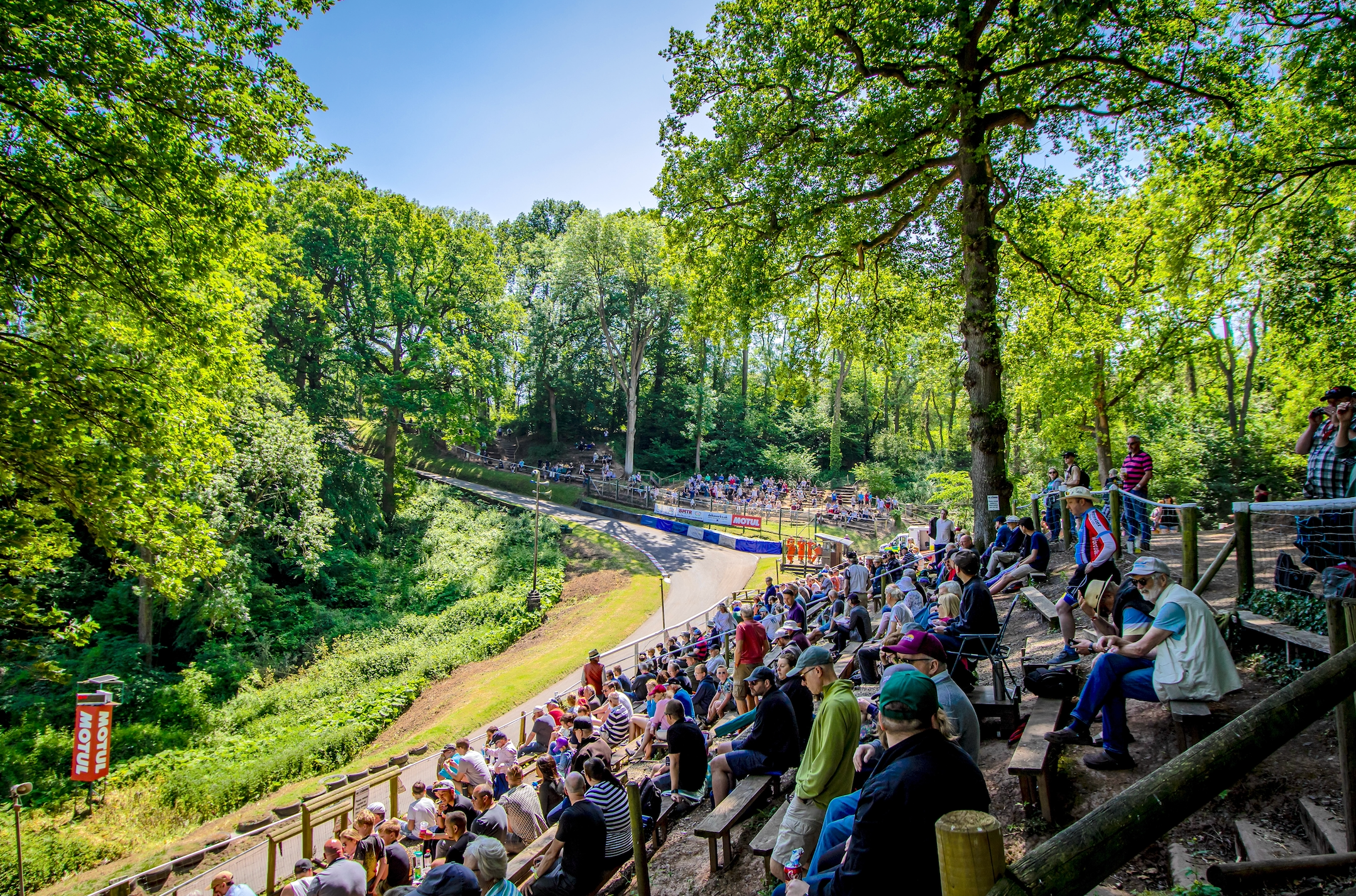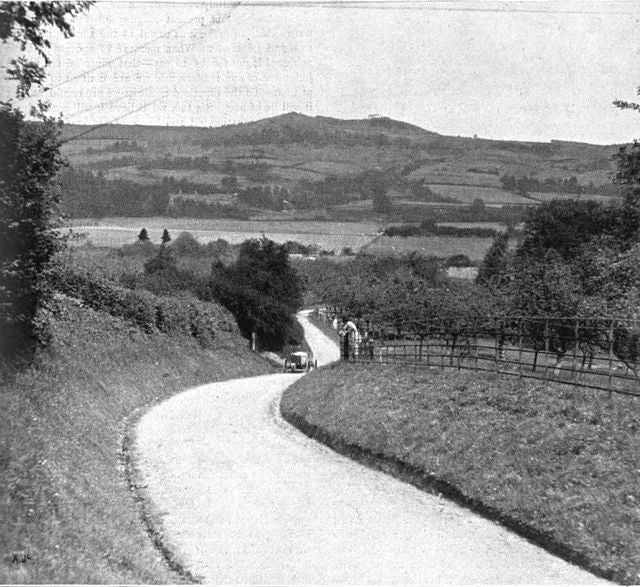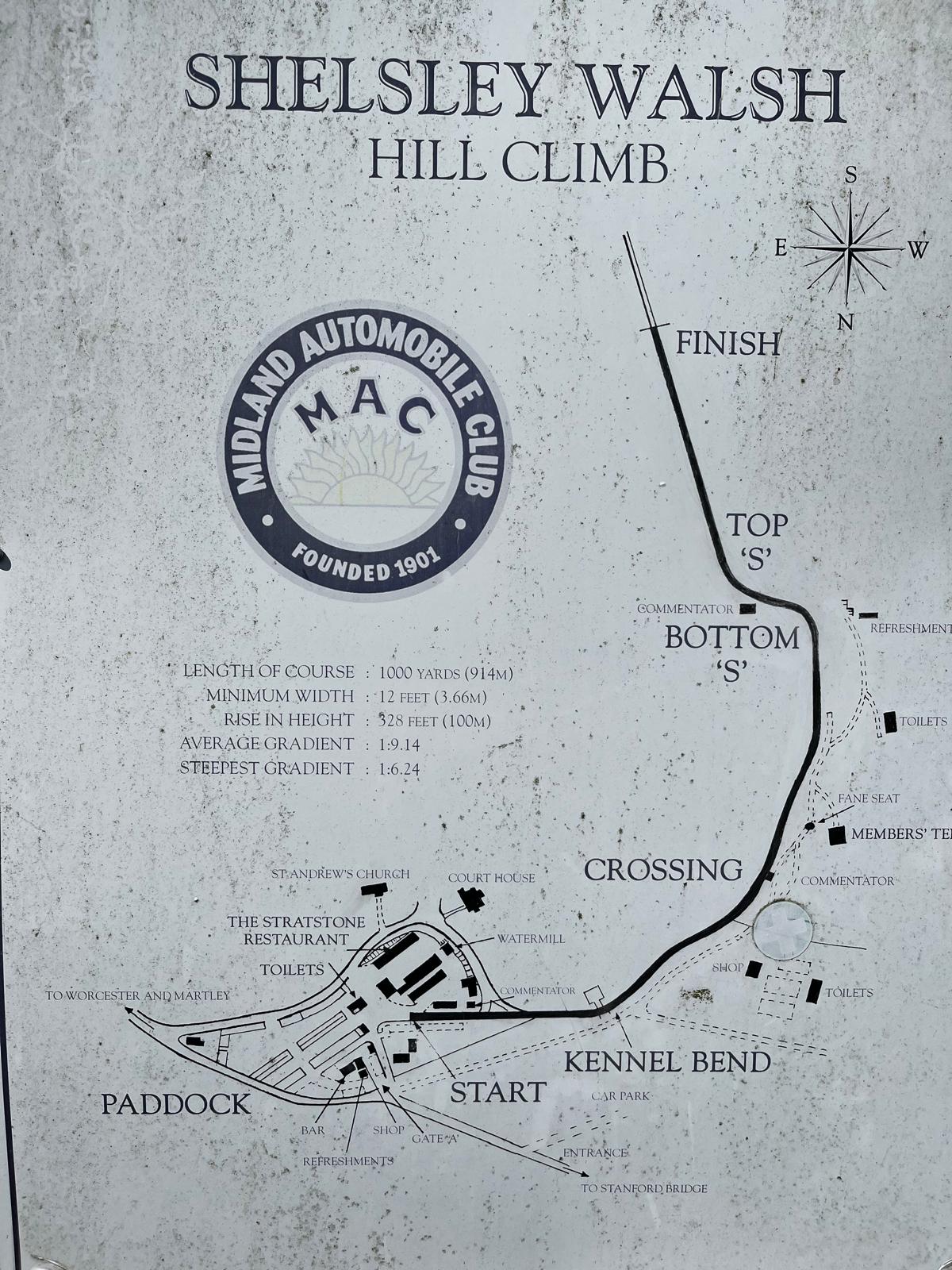160mph down a country lane: Inside UK’s oldest motorsport race
Amid the F1 summer shutdown, a host of motorsport venues in the UK look to capitalise on free weekends. Kieran Jackson travelled to the unorthodox setting of rural Worcestershire for a historic event with a modern twist


Your support helps us to tell the story
From reproductive rights to climate change to Big Tech, The Independent is on the ground when the story is developing. Whether it's investigating the financials of Elon Musk's pro-Trump PAC or producing our latest documentary, 'The A Word', which shines a light on the American women fighting for reproductive rights, we know how important it is to parse out the facts from the messaging.
At such a critical moment in US history, we need reporters on the ground. Your donation allows us to keep sending journalists to speak to both sides of the story.
The Independent is trusted by Americans across the entire political spectrum. And unlike many other quality news outlets, we choose not to lock Americans out of our reporting and analysis with paywalls. We believe quality journalism should be available to everyone, paid for by those who can afford it.
Your support makes all the difference.Strolling around the refreshingly unrestricted paddock at the foot of the prestigious Shelsley Walsh Hill Climb, the first thing you notice is the paradox of it all. Britain’s oldest motorsport venue, at 119-years strong, is an access all areas event. You can walk side-by-side with the amateur drivers and their machinery without a care in the world; no bombastic Formula One bouncers in these parts.
On track, not much seems to have changed since 1905. The start line is controlled by two marshals: one at the front of the car, with nothing but the human eye instructing the orange-suited supervisor at the rear to push forward or pull back. A wooden shack of a control room at the front has no fancy traffic lights system in place: red means no, green means go.
But it is an old-school setting with a modern twist, making it somewhat intriguing as a spectacle. Twenty metres from the start line in the courtyard is a big screen with a live stream of the action, with knowledgeable commentary as well as a QR code inviting 15,000 viewers from as far as New Zealand to subscribe on YouTube. On the wall is a placard remembering F1 legend Sir Stirling Moss, who first competed here in 1948.
An event steeped in prestige, desperate to stay timeless.
The picturesque setting of rural Worcestershire is a peculiar venue for what remains the oldest motorsport event in the world to have been staged continuously on its original course. Older, that is, than the likes of Le Mans, Monza and Indianapolis, which have changed from their inaugural races. But like every sporting event, it is bidding to keep itself relevant in modern-day society. Its tagline speaks to that: Speed history, future records.
The ’race’ itself isn’t actually a race. It’s a time-trial, over in less than 30 seconds, up and through a 1,000-yard climb. It is extremely narrow at 12 feet in width; eye-of-the-needle stuff with a rise in height of 328 feet, more than twice that of Eau Rouge at Spa-Francorchamps. The categories range from road cars with tin-tops to amateur single-seater speedsters. And, with speeds of around 160mph, they’re quick.
Over in a flash, it is a day out for the motorsport purists – and those brought along for the ride. Those in the know note down the recorded times in the event programme, with old-fashioned pen-and-paper in favour here given the oscillating strength of phone signal. Standing next to a crowd of around 5,000 people – with affordable tickets of no more than £22 a pop – it is clear who the regular punters are. When the rapid sector times appear on the clock, a nod of approval or the raising of an eyebrow tells the story. The finishing time pops up. “23.5, blimey, it’s only practice,” says one observer.


On this bright, 30C Sunday in mid-August, Shelsley Walsh is hosting the Championship Challenge and a key meet in the British Hill Climb Championship. Matthew Ryder is the star driver for Gould Racing, which has just under a dozen entrants. In the quickest time all day, he records a time of 22.43 seconds. A gasp echoes from the crowd: it is just 0.06 seconds off the all-time record, set three years ago by the man in charge of his racing car.
“It was an out-of-body moment, genuinely,” says Sean Gould, as he reminisces about the historic 22.37 second time he set in 2021 at the age of 58. “Wallace [Menzies] went ahead of me and he broke the record, the very quick Alex [Summers] was behind me so I knew I had to go quicker. I sat on the line, the sound went and everything. It was like a video game.

“I absolutely nailed it through Kennel and Crossing [turns one and two], my speed through Crossing was 128mph, 10mph quicker than I’d ever been, and through Bottom ‘S’ [turn three] was 162mph, which was quicker than the straight line of the finish straight.
“You’ve set your car up beforehand and at that point you’ve got to simply trust it. You haven’t got loads of laps to build up to it like they do in F1. They have the luxury of 15 seconds into each corner! Here you have no time, everything is on you and the car is accelerating faster. It’s all instinct.”
Gould enjoys a sly dig at Formula One drivers, but the top-tier of world motorsport has given his team and company plenty. He has worked previously for Red Bull, Renault and Lotus on their carbon fibre parts. The interweaving of different sections of motorsport is stark. You can feel that essence throughout this venue: motorsport people know motorsport people.

“It’s the history, it’s the fact that nothing has changed since 1905,” says Nick Harrison, president of the Midland Automobile Club who run the 16 days of competition throughout the year at Shelsley Walsh.
“There’s also a lack of regimentation which after Covid, people really enjoy. You can chat to the drivers, everyone is so welcoming. And as for selling tickets and the event, it’s no secret: it’s about clean water, clean loos, good food and cheap beer.
“We signed a 99-year lease on this place at the start of the century, so we’ve got plenty in us yet.”
Harrison expects the crowds to increase year-on-year. A new vision, with quick-hit videos on social media captioned “F1 down a country lane” entices a new fanbase, with teenagers aplenty throughout the grounds enjoying the heat both on and off track. A splash of contemporary panache, amid a sporting oddity steeped in stature.
And by sunset, as people sit sweating in their cars in a lengthy queue to leave the beautiful surroundings and head home, they will be back. Why? Because people like fast cars. And people like the thrill of being up close and personal, with both man and machinery.
Shelsley Walsh, the hidden gem of British motorsport, does that better than anywhere.



Join our commenting forum
Join thought-provoking conversations, follow other Independent readers and see their replies
Comments